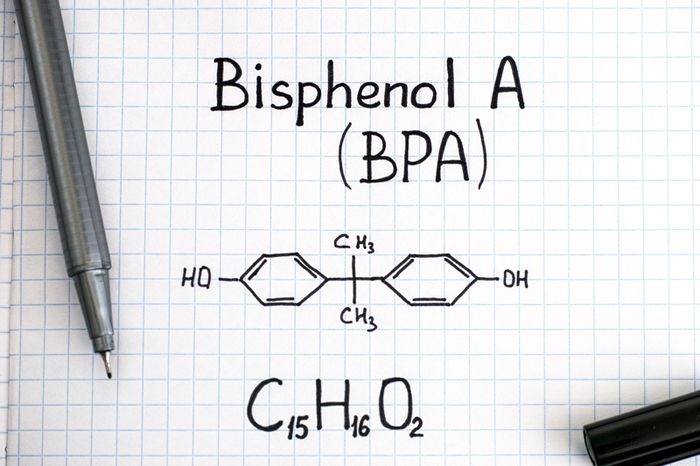
As we venture into the complex domains of environmental chemistry, toxicology, environmental science, public health, and environmental engineering, we inevitably encounter a synthetic compound that has become ubiquitous in our modern world – Bisphenol A, or more commonly known as BPA. This omnipresent compound, while useful in numerous applications, raises significant questions regarding its potential health and environmental effects. This guide aims to unravel the complexities of BPA and shed light on its implications.
Bisphenol A: A Closer Look
Bisphenol A is an organic synthetic compound primarily used in the production of polycarbonate plastics and epoxy resins. It is appreciated for its beneficial properties including durability, transparency, and heat resistance. However, these advantages are double-edged swords, with potential health and environmental implications that warrant our attention.
The Pervasiveness of BPA in Everyday Items
BPA’s versatile properties have led to its incorporation in a wide array of consumer goods:
- Plastic Containers: BPA is frequently found in the manufacturing of food and beverage containers due to its robust and resistant nature.
- Medical Devices: Owing to its strength and durability, BPA finds its way into several medical devices.
- Thermal Paper: BPA is often used in the coating of thermal paper, the kind used in sales receipts.
Decoding the Health Implications of BPA Exposure
Despite BPA’s wide-ranging utility, chronic exposure to this synthetic compound can potentially result in adverse health effects:
- Hormone Disruption: BPA is notorious for being an endocrine disruptor. It can mimic or interfere with the body’s hormones, creating an imbalance that could lead to a plethora of health complications.
- Neurological Effects: Some research suggests that BPA exposure may have an impact on brain function and behavior, particularly in early developmental stages.
- Heart Health: There are indications that BPA exposure could be linked to an increased risk of heart disease, although more research is needed in this area.
BPA and its Environmental Impact
Beyond human health, Bisphenol (BPA) can leach from products into the environment, potentially wreaking havoc on ecosystems:
- Water Pollution: Once BPA enters water bodies, it poses a threat to aquatic life by disrupting the hormonal balance of these organisms.
- Soil Contamination: When BPA-containing products end up in landfills, they can seep into the soil, potentially affecting plant growth and soil microorganisms.
Weighing the Pros and Cons of BPA Use
BPA, like most compounds, offers a mix of advantages and disadvantages. On the one hand, its durability and heat resistance make it an excellent choice for certain applications. On the other hand, the potential health risks and environmental impact associated with BPA use cannot be overlooked.
Proactive Steps to Address BPA Contamination
Mitigating the impact of BPA on our health and environment is a multi-faceted task:
- Regulatory Measures: Implementing stricter regulations on BPA use in consumer products could limit exposure.
- Promoting BPA-free Products: Encouraging the use of BPA-free alternatives can reduce dependency on this synthetic compound.
- Public Education: Enhancing public awareness about BPA, its potential risks, and ways to reduce exposure is crucial.
Navigating the BPA Landscape
As scholars of environmental chemistry, toxicology, environmental science, public health, and environmental engineering, understanding the broad-ranging implications of BPA is a critical component of our academic and professional journey. This knowledge equips us to make informed decisions that affect our personal health, as well as the health of our communities and the environment at large.
The journey to mitigating the effects of BPA is a complex one, but armed with knowledge and awareness, we can contribute to the development of effective strategies. Our understanding of BPA can guide policies and regulations, influence the creation of safer alternatives, and educate the public about responsible consumption.
In essence, the study of BPA isn’t just about understanding a single compound, but rather about acknowledging the intricate interplay between human activity, chemical use, and the overall health of our planet. Through this lens, we can see that BPA is more than a molecule—it’s a symbol of the broader challenges we face in creating a sustainable and healthy future.
Remember, our actions today shape the world of tomorrow. So let’s continue our quest for knowledge, engage in conscious decision-making, and strive to create a healthier and safer world for all.
